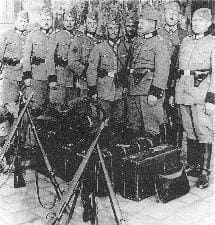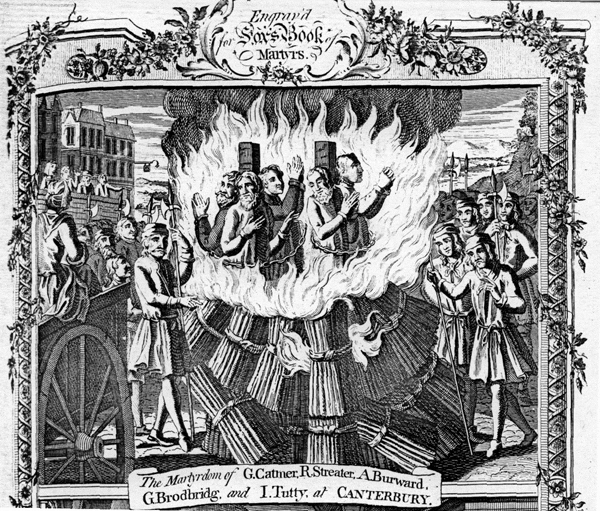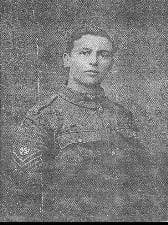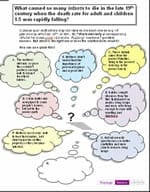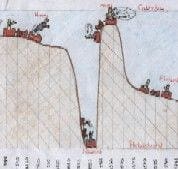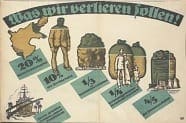
History’s contribution to numeracy needs to be really carefully thought out or we could waste an awful lot of valuable teaching time. My heart always used to sink when I watched half a lesson go by with Y8 pupils drawing a timeline, ‘because it helped with their Maths’. I was equally dismayed to see some of the dire DfES material. Why on earth would anyone want to construct a pie graph of a monk’s day?!
Contrasting starkly with this dross are the brilliant ideas covered in Teaching History over the past few years involving pupils in making judgements about profit margins on the Triangular Slave Trade or the rate at which shells were used in the First World War. For details of these activities, see Teaching History 107, pp.35-40.
Several key concepts in history require a good grasp of number. How else can you make meaningful comments about duration or interval? How can you effectively compare sizes of armies and navies, speed of economic growth or the economic consequences of a key event?
Rather than spend too long on generalisations here, I will simply refer to a few Outstanding Lessons which feature good numeracy work and parts of good lessons which

